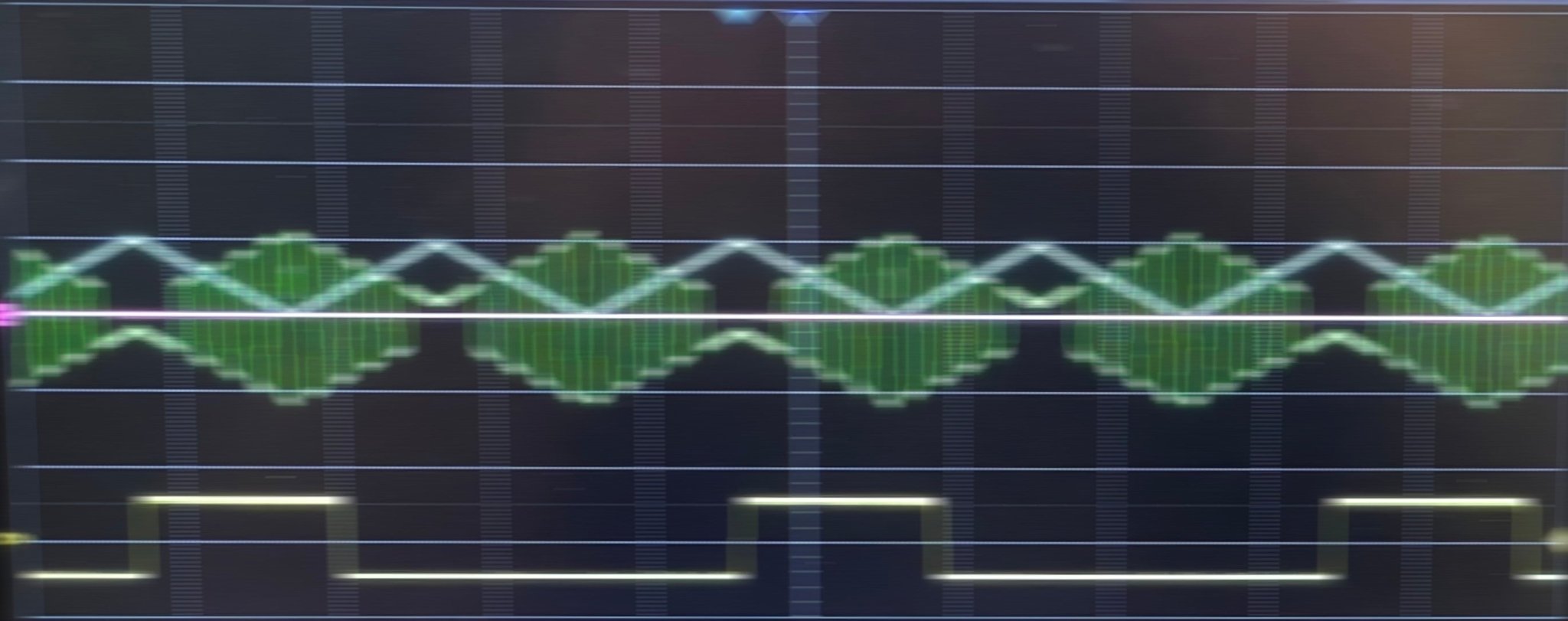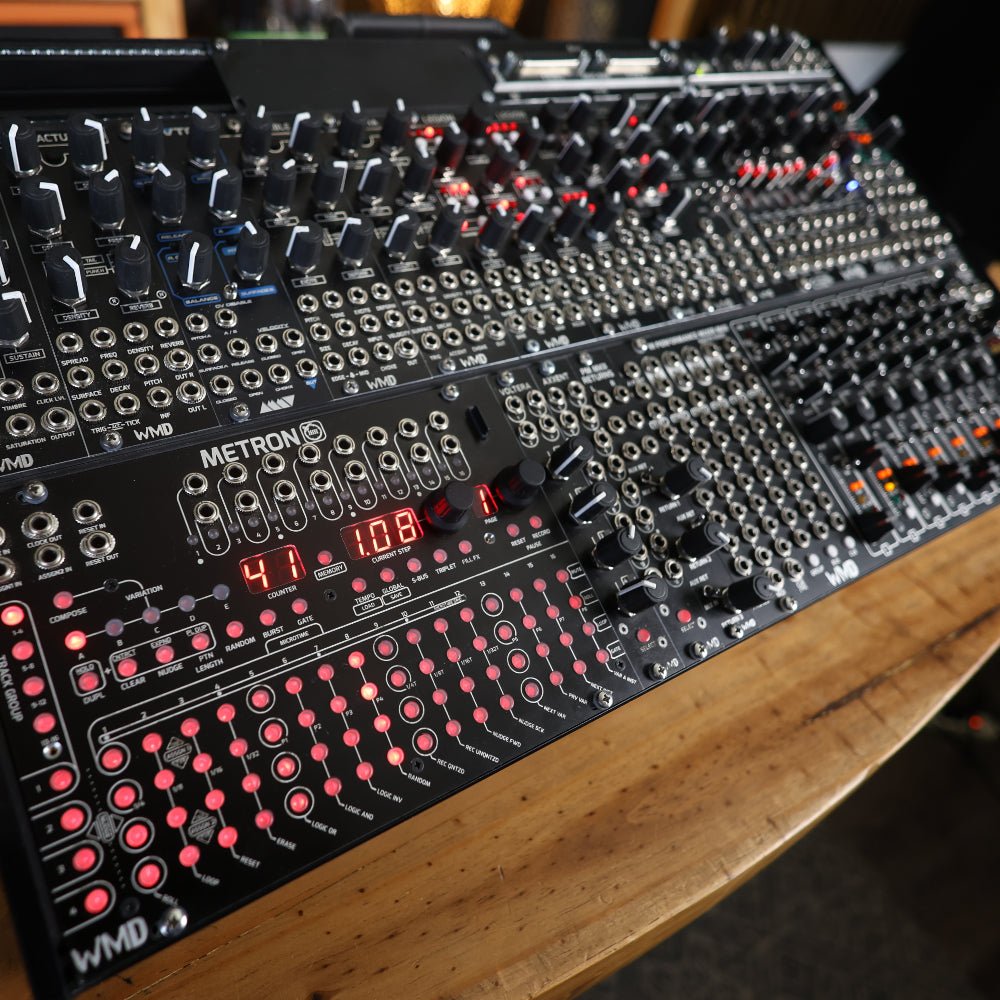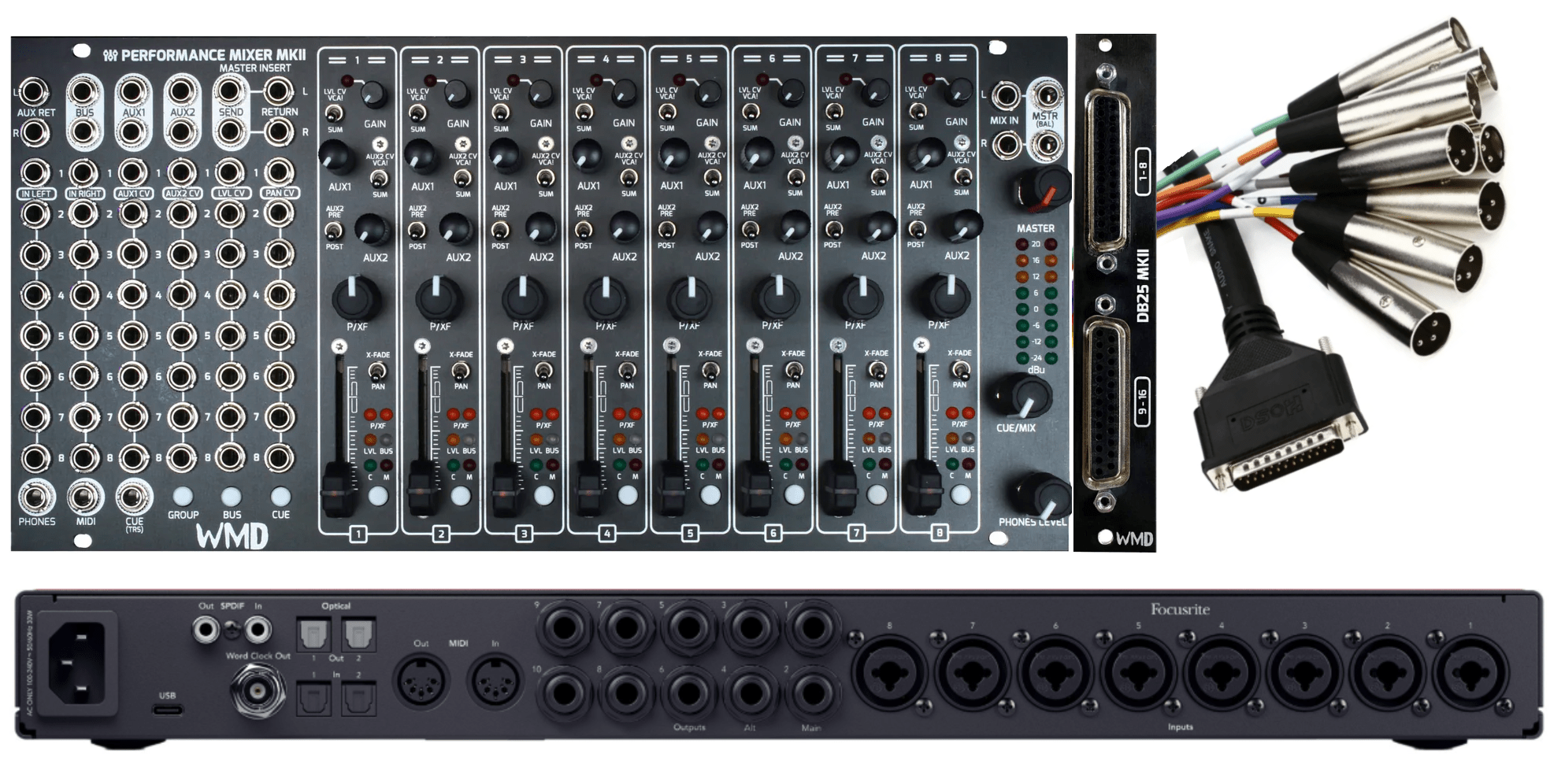TLDR: Pots - Song-Huei is going out of business!
First, real quick, my rant about pots! I just found out that my potentiometer manufacturer — the one making my slider pots and the knobless “trimmer” pots — is going out of business. Over the years I’ve worked with a few different suppliers, but Song-Huei was always my favorite. They were willing to take small runs of 2k and even do custom parts for orders as low as 5k. That kind of flexibility is basically unheard of in the broader industrial world.
For comparison: BI (the company we get our metal shaft rotary pots from) requires a 50k minimum custom order, and you can’t even talk to them directly — everything has to go through distribution. That’s way too much of an upfront investment, which is why I’ve never gone that route for custom work.
So now, with Song-Huei shutting down, I get to make a “last-time buy” of these parts and then spend the next several weeks hunting for new suppliers, making contacts, testing samples, and validating replacements so production stays on track next year.
It’s especially painful timing because we had just received our first batch of new rotary pots from Song-Huei. They were rated for 100,000 cycles (same as our old BI pots) but with a heavier grease that gave them this fantastic, buttery smooth feel. I’ll find a replacement eventually, but it’ll mean weeks of work, long waits for samples, and probably higher costs. I’ve been working with Song-Huei since around 2013, and it’s been a real pleasure.
||
Anyway, I really wanted to write more about Skorpion — a shower concept that turned into a massive project, filled with fun and frustration. What I’m realizing is that it’s hard to explain the whole thing, what makes it so cool, and why it took so long to design. So here are some bits of the schematic, a block diagram, and the original concept drawing. I can't possibly hit all the details and inflection points of the project, but talking about the blocks is a differently abstracted way to show what's happening in detail.

This concept drawing was done in 2020. It shows the fundamental operation and theory of how Skorpion ended up working. Much of the theory was right, a lot of it wasn't fully thought out until I dug into the electronics.
So I made a block diagram of the whole system to share, and I’m writing about all the blocks and some of the challenges. I’ve also gotten some feedback on the cost of the module, more than any other piece I’ve designed, so towards the bottom of this post I address that.
Full Wave Rectify, Polarity Detect, and Zero Crossing Detector - This block takes a bipolar input signal and makes it all positive voltages. It also sends out a high gate signal if the input was above zero. This allows all subsequent circuitry to only worry about positive voltages, reducing the number of components by half. We can re-create the negative portion of the waveform later. For the ZCD pulse, every time the waveform flips from positive to negative or back to positive, a 20 microsecond pulse is produced.


Threshold Detection Stack - This block takes in one main signal (our rectified input), and 8 comparison voltages (set by the sliders or the equalize switch). It spits out 8 gates of the input compared to the voltages. These gates are directly used in the Count Output where they are each weighted the same, forming a staircase, and the DAC Output where the Right most Threshold is given the greatest weight (1/2), and the left most is given 1/256 the amount of weight. This Stack also sends out a Direction control signal which controls a lot of parts of the circuit: Waveform Reanimation of course, but also goes to anything that requires symmetry, we have to know where we are headed to apply feedback appropriately. It also sends a gate if there are no active thresholds, important for allowing the dry signal to pass when we’re not wave folding.

There are a few signals all added before the compare for realtime CV. 8x of these.

Slider Target Circuitry - This block brings the slider DACs together and outputs just the one that is active. It is controlled by the 8 Threshold Detection gates, it allows for two different types of Target ordering. Sequential, where the number of active thresholds control which target slider is selected, or Tied, where each threshold is tied to a specific slider. This block was the most difficult to figure out, because the Tied mode requires latching on to the last threshold that was tripped, holding it until the next threshold is tripped. This took some complicated XNOR / Latching logic that is 8 bits wide and uses quite a few CMOS parts. Sequential mode is simply counting the number, much easier! The image below shows how the 8 thresholds get converted to a 3 bit selector for the sliders. Sequential and Tied are both shown, Tied requiring the two latches and all the XNORs.

Target Selection - This is functionally the TARGET pot, which allows the Sliders and CLIP signals to control where the Reanimation Core is driving towards with a crossfade through 5V. This is a VCA, a rectifier, a bunch of opamps ,and a few switches for selecting the proper source based on the pot and CV input. This also sends the dry signal when the system is not folding. The beauty of this circuit is that it only uses one linearized VCA, but handles bipolar CV using the comparator and the switching.

Digital User Interface - This block allows the 8x sliders to control three different sets of parameters on Skorpion. A MCU reads the sliders and the position of the spring loaded switch, and sets 24 DAC channels (8 for Thresholds, 8 for Targets, 4 for LFOs/Envelopes, and 4 more for LEDs on the sliders) The MCU manages calibration and reading of the sliders themselves, is running 12 LFOs (8 threshold and 4 hardware) and 5 envelopes (Macro + 4x hardware). Since everything is a slow envelope or LFO, the sample rate is pretty low (3kHz) allowing everything to run in parallel without bogging the system down. I put a ton of analog filtering on the hardware LFO/Envelope outputs so they’re perfectly smooth. The LEDs on the sliders are also context driven, so there are 3x 8 lane pass through switches that directly control the LEDs, showing the actual voltages in each of the Threshold, Target, and Macro Setup contexts; I considered doing this with PWM, but it would’ve been a lot of processor overhead with potential user-experience downsides, so just using the voltages took a lot of circuitry, but made the experience seamless.
Not really much to show here, it's an MCU, and 6 quad DACs, an 8 way MUX for the Sliders, and some power and support circuitry.
Macro Envelope - This block is inside the UI MCU. With a single gate input, the Macro Envelope controls the amplitude of the hardware LFOs and Threshold LFOs, allowing for a nice fade in/out of the animation.
Hard / Soft Sync Circuit - This block analyzes the input zero crossing and based on the switch position forces the Reanimation Core to reset (hard sync), or drive towards 0V at the current Slope rate until reaching 0V (soft sync). This took a lot of figuring and tinkering, time delay circuitry and a flip flop make soft sync work. The hard sync is easy, just passing the ZCD signal to short out the Core’s integrator. Sync also has to be disabled when the “Dry if no Thresholds” switch is enabled, since the core will be forced to the main input voltage in that state.
Slope Temperature Compensation, Calibration, and Range Limiting - This block combines the 1V/Oct, Slope, and Shape (feedback) all into one signal that controls the overall rate of the Reanimation Core. This signal is temperature compensated, it tracks 1V/Oct for 12 octaves, and is range limited to prevent oscillation of the reanimation core.
Halt Control - This block allows the Reanimation Core to stop moving, creating horizontal patterns in the waveform. it’s a nice sound. It also needs to be disabled for the “Dry if no Thresholds” switch is enabled. This block handles all that logic.
Waveform Reanimation Core (Advanced Slew) - This is the heart of Skorpion. It’s a very advanced and precision version of the standard four transistor slew core, using VCAs and precision components. All it knows how to do is go up, down, and stop. The magic is in its speed and responsiveness to all the incoming control circuitry that allows the core to draw waveforms with tons of harmonic content. This took a lot of tweaking to get to work right, with a lot of attention paid to hysteresis, frequency response, and oscillation suppression.

Output: Wet / Dry / Wide CV Processing - This block starts with the Performance Mixer panning circuit, but gets bonus circuitry to get the crossfade plus the widening fade in. The crossfades aren’t linear, they’re equal perceived power in order to really sound smooth as the very dry signal is mixed with a lot more harmonic content. This block also sends a control voltage to the Delay MCU, just when the pot is past 12 o clock.

Stereoizing Analog Matrix - This block encompasses a few others, described below. Basically this takes the wave folded signal, and processes it into stereo in a couple different ways.
High Pass and Low Pass Filters - These have ~235Hz cutoff frequencies. Splitting the bass from the rest of the signal. Sallen Key for the LPF, and Multiple-Feedback for the HPFs since they invert. And the HPF need to be inverted or else you get a notch filter.


Digital Delay Core - This is a custom digital delay running at very high sample rate (133kHz) to create a spatial delay / widening effect. Delay time from 0ms to 15ms, analog range of 22Vpp. The CV coming from the Output (Wide) pot slowly increases the delay time. At 3 o’clock on the pot, the CV turns on a slow LFO, modulating the delay time and increasing frequency and amplitude towards 5 o’clock. This produces a perception widening signal that is not perceived as a delay by the ear. The delayed signal is used in the rest of the Stereoizing Analog Matrix. There's not much to see, just input and output filtering and signal conditioning to the right levels.
Mid / Side Processing Circuitry - This has two modes, DC which takes the delayed signal and routes it directly to the side processor, creating a very dramatic widening effect at all frequencies. Great for headphones and beautiful on the oscilloscope, also necessary for calibration of the rest of the module. The Filters mode routes things differently: The raw wave folded signal is sent through a Low Pass Filter and routed to the middle channel. The wave folded and delayed signals are run through separate high pass filters, when they sum they route to the middle, when they differ, they route to the side. So as the delay increases, the differences increase, and you get this amazing widening effect with a light chorus beyond 3 o’clock.

Summary – Skorpion is several large subsystems, a lot of connective tissue, and two software embeds. From a project management POV, it’s really four to five modules. So why didn’t I break it up like I’ve done in the past?
Years ago, after making a lot of modules with expansions, I decided not to expand things unless they could form an entire ecosystem, like Metron or the PM MKII. Skorpion isn’t that — it’s something else entirely. It’s a bit absurd: a 20HP wavefolder, engineered as a piece of art. It had to be complete, finished, whole. Breaking it into separate modules might’ve made more sense as a business move — more products usually means more money — but it would have been boring. Skorpion is special, in the lineage of projects like the Synchrodyne + Expand or the PDO + TBVCA + QAAF, but instead of scattering the functionality across expansions, I poured everything into a single design with a massive parts spread. I wanted Skorpion to exist as one singular, fully realized idea — something I could finish and let fly into the world.
For these passion projects going forward, I’m only doing single runs so that I can pour energy into the next one instead of continuing to look back and try to extract more money out of something that’s done. May be bad business, but it’s what my soul needs at this point. I am making art, not commodities that are always available. So the limited run and high price allows me to move on to something new. The downside is I disappoint a few people, and not as many get made. The upside is my own contentment and peace.
Thank you for supporting my creative endeavors, electrical curiosities, and musical passion.
— William Mathewson / WMD








Share:
Quality Revolution: How WMD Found Its Professional Voice